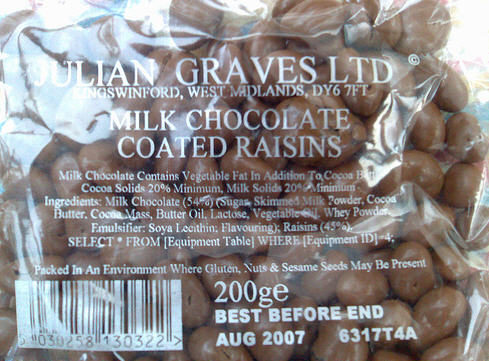Doing some book packing in my office this morning (moving house soon). I didn’t keep that many books when I moved from The Netherlands to Australia, so at the time I did a very tough selection. Naturally, I wouldn’t toss my copy of “The C Programming Language” ;-)
One book that was given to me by my good friend Jaap van Till a long time ago is “The Networking Book – people connecting with people” by Jessica Lipnack and Jeffrey Stamps (ISBN 0-14-019116-X). It’ll be out of print but I believe Amazon lists some 2nd hand sources. So why is it out of print? Because it was first published in 1986.
In 1986, what did we have… 300/1200 bps modems, FidoNet email, and that’s actually what I was also involved with at the time – designing and coding datacom protocols to help people connect (some of it is actually still in use today).
Some books (and people!) are just way ahead of their time. Certainly the networking we do today goes, in terms of technology, far beyond what the book describes, but it does predict the overall trend very well. The book notes that networking is the natural response to the information technology era, based on individual participation rather than hierarchy. It also accurately describes social networking, linking ideas and resources. Interesting, and I think it helps to read back such old materials and still learn more about why all this works the way it does.
Jaap also quoted me a statistical fact that stuck with me: no country that has more than 1 phoneline per 1000 citizens, has a dictatorship or other totalitarian political structure. Check it out for yourself, I’m pretty sure it still holds true and throughout the 90s we saw the political changes in Eastern Europe neatly coincide with the “connectedness” of the people in those countries.
Once enough people in a group can communicate (through phone, email or other reasonably fast means) with others outside their local group, you simply can’t control them and their thoughts. It moves too fast. My point here is that it’s a seemingly unrelated thing, but with very broad effects. You can use this indirect measure to see how different countries are doing, and whether they’re moving in the right direction. Many are, I think.
Revolution is nasty and often unnecessary. Evolution on the other hands is pretty much unstoppable. It just keeps happening, and things sort themselves out in due time.
So could you overthrow a dictatorship by setting up say a mobile network? Nah, because the phones and the dictator are only two aspects in a big interconnected structure. Nor does removing the dictator and holding elections make a democracy. We’ve seen that one actually tried, right? One can’t over-simplify. Lots of aspects need to converge to make it all work. But in the right context, networking is a very potent factor and interesting to watch (and of course, participate in).
Let me know if you want to borrow my copy of the book – right now it’s going into the moving box, for safe keeping and later reference. Thanks again Jaap! You’re a wise fella.
